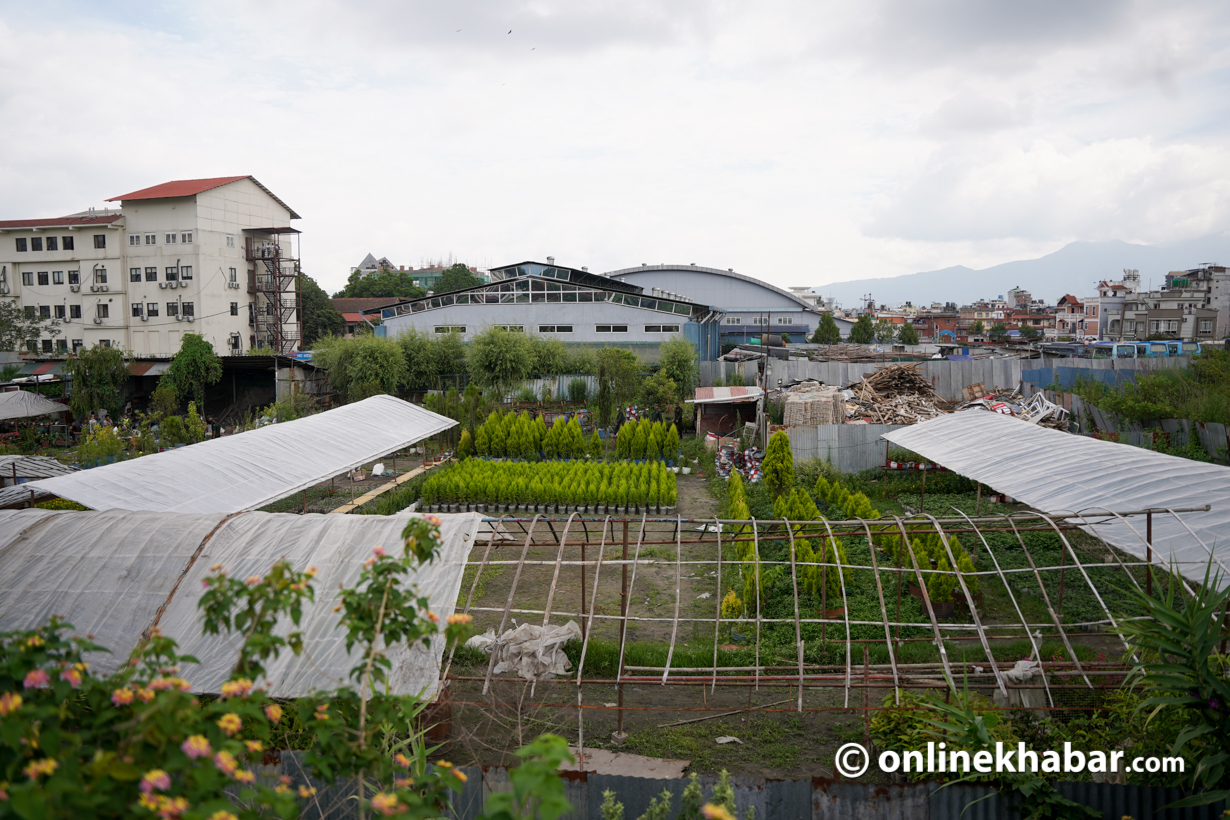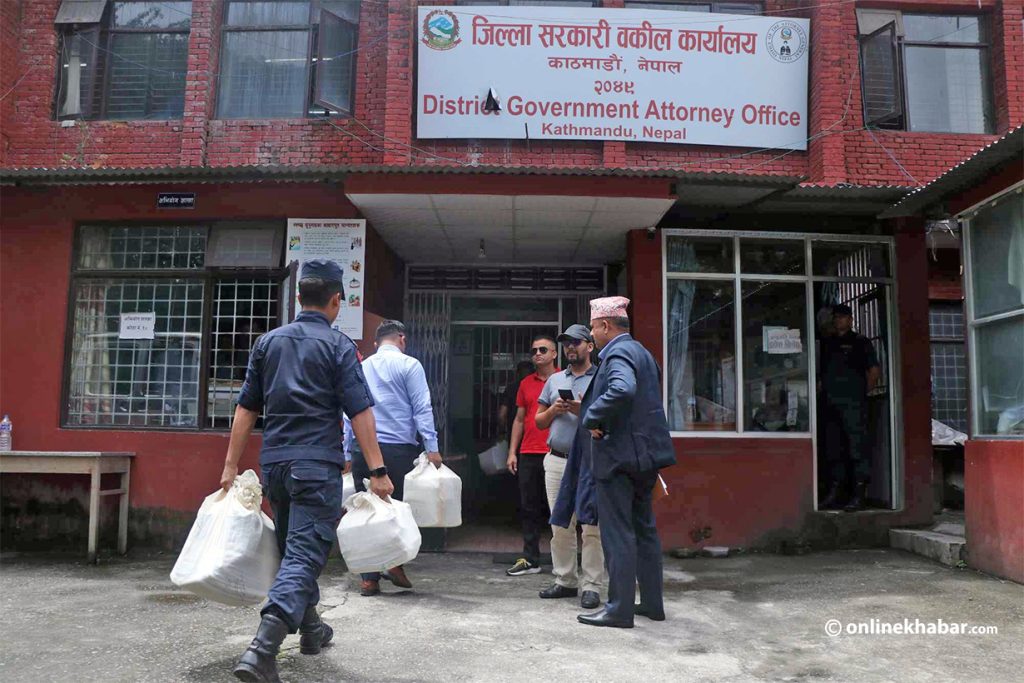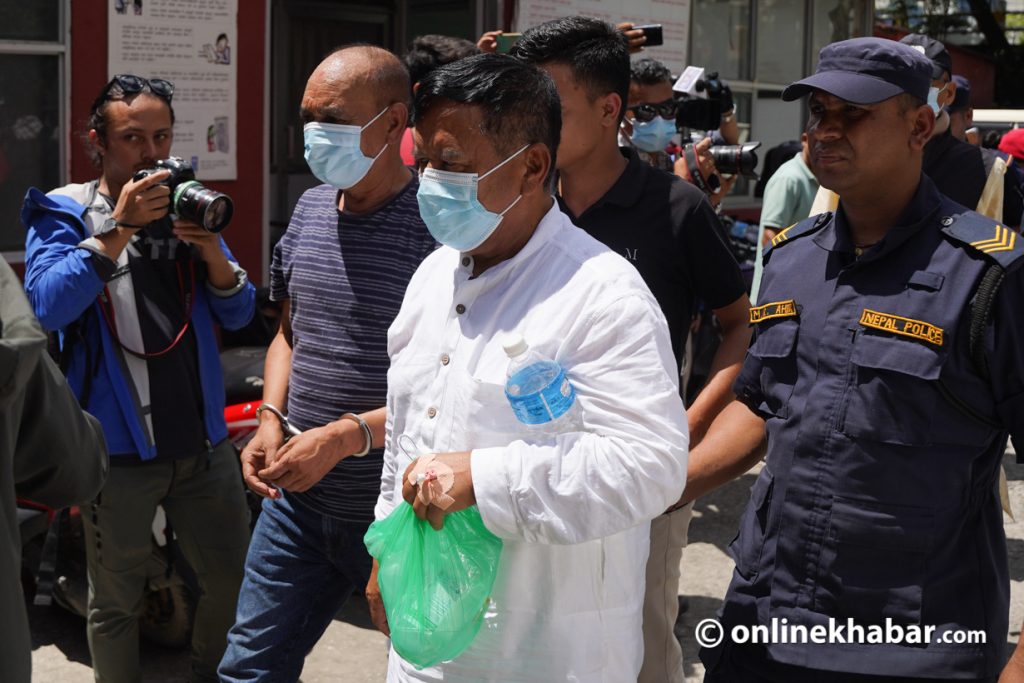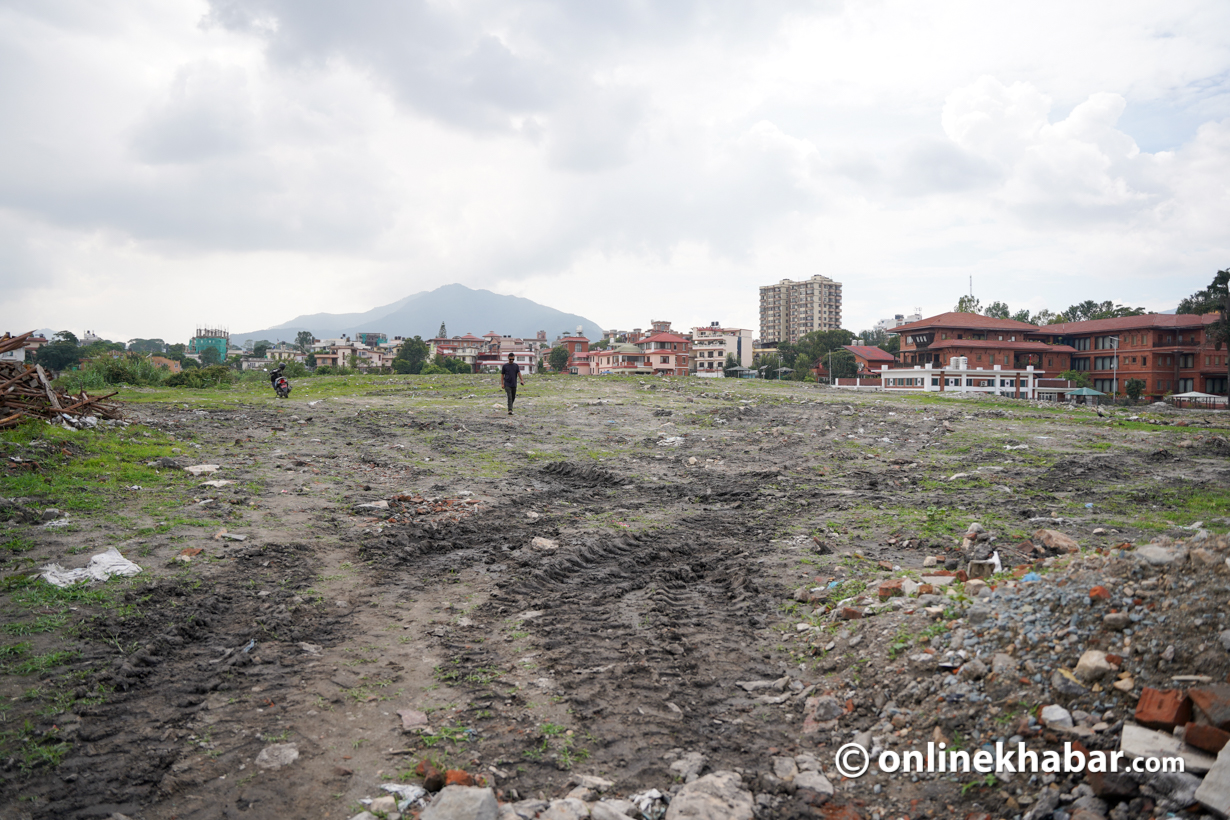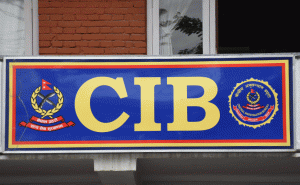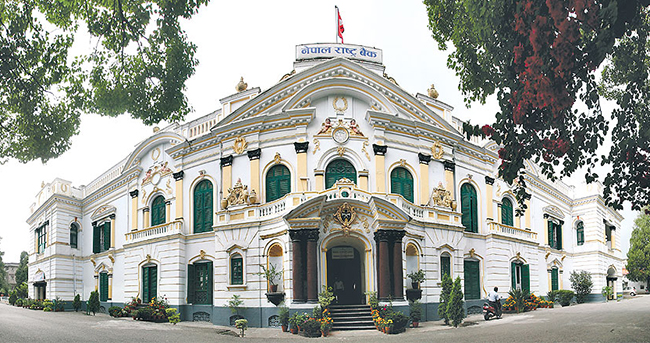
The Lalita Niwas land case has been in the news for quite some time now. Big names such as NCP General Secretary Bishnu Paudel and former Prime Ministers Krishna Prasad Bhattarai, Baburam Bhattarai and Madhav Kumar Nepal are reported to have been ‘involved’ in the hi-profile case.
So what is the case all about. Here’s an explainer:
The story begins with Bhim Shumsher Rana, a successor of Jung Bahadur Rana who was Prime Minister of Nepal from 1929-1932, bought around 300 ropani (15.2 hectare) land a few km north from the centre of Kathmandu and built a palace, Subarna Mahal–his grandson’s name was Subarna. Many locals living around Baluwatar say that Bhim Shumsher evicted 100s of people and acquired the land to establish a compound around the palace, which came to be known as Lalita Niwas.
But Subarna Shumsher, who would eventually become the Finance Minister of the interim government formed after the downfall of the Rana regime, rebelled against his own family to join the Nepali Congress. The party was running a campaign to overthrow the Ranas to usher in Democracy in Nepal.
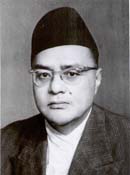
Subarna Shumsher Rana
When the Nepali Congress came to power in May 1959 following the first general election in the country, Subarna Shumsher, who won the Birgunj seat in Parliament, was sworn in as Deputy Prime Minister and Finance Minister. In 1960, King Mahendra organised a coup against the democratically-elected government. While other leaders of the Nepali Congress were arrested, Subarna Shumsher managed to escape with his family to Kolkata. He passed away in Kolkata in 1977.
During the heyday of Mahendra’s Panchayat rule, the government seized 14 ropani (0.71 hectare) land belonging to Subarna Shumsher’s Lalita Niwas as he was a key figure in the opposition Nepali Congress, which had been banned. It also decided to acquire 284 ropani (14.4 hectare) land from his family by paying compensation. However, the Rana family has been arguing that its land was seized by the government without paying any compensation.
But a government committee investigating the case has found that the then government did issue a notice requesting the Rana family, which was in exile in Kolkata. to claim compensation for the land. The family, now led by Subarna’s son Rukma Shumsher Rana, a former Nepali ambassador to India, claims that the entire plot was seized by the government without any compensation. This is a claim the government committee denies.
The probe committee formed by the government has found that Subarna Shumsher’s eldest son Kanak Shumsher, who was in the royal army in 1965, acknowledged in a letter to the government that the 284 ropani (14.4 hectare) was indeed acquired by authorities. Records show that the government decided to sell Lalita Niwas’ eight ropani (0.40 hectare) land to Kanak Shumsher for Rs 45,882 upon his request.
The rest of the land, however, was under government ownership until 1990. But a controversial Cabinet decision by the newly-formed post-Panchayat government led by Krishna Prasad Bhattarai decided to return the seized land by the Panchayat to the rightful owners, most of whom were members of the Nepali Congress.
However, the Cabinet decision also made it clear that land that was acquired by the government, which would include a portion of Lalita Niwas would not be transferred. Meanwhile, the government had already designated various parts of Lalita Niwas as Nepal Rastra Bank and the residences of PM, Chief Justice and Speaker. According to the decision, only 14 ropani land (0.71 hectare) should have been returned to Subarna Shumsher’s family.
In 1991 Subarna Shumsher’s grandson Rukma filed an application at the Land Revenue Office seeking the return of an addition 112 ropani land (5.69 hectare). The Land Revenue Officer, without informing the government, transferred 112 ropani land which was under the supervision of Sumer Jung Adda (a ceremonial unit of the Nepali Army) to Subarna Shumsher’s son Rukma Shumsher and grandson Hemdary Sumsher.
The transfer process didn’t go as swiftly for the Rana family as tenants of the land who worked it for years asked for their share. They filed a case at the Appellate Court in 1997. The court passed a verdict in the favour of the tenants in 2000 after which the land started to be sold to ‘land mafia’.
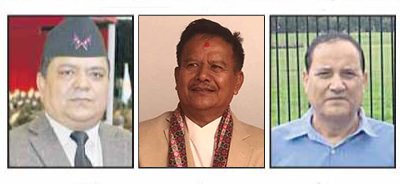
The case went unnoticed for quite a while, however, the controversy resurfaced when Advocate Yubaraj Koirala realised that documents related to the case had gone missing from the Land Revenue Land Office.
Koirala realised that files (#1024 and #1025 in particular) which proved that the government had ‘transferred’ the land it had bought from the Rana family back to the family were missing. He filed a case against the land office. The other issue that came up was that of the ceiling on land ownership enforced by the government. As per existing laws, an individual can posses up to 28 bigha (18.9 hectare) of land in the Terai, 96 ropani (4.5 hectare) in the hills and 58 ropanis (2.9 hectare) in Kathmandu Valley. The government can confiscate land exceeding the ceiling.
Meanwhile, after the case caught the attention of the media, the government formed a special probe committee under former secretary Sharada Prasad Trital. The committee, in its report, said that the then Krishna Prasad Bhattarai-led cabinet had directed that only land that was confiscated during the Panchayat era be returned to the rightful owner. However, officials at the land revenue office acted against the spirit of the Bhattarai Cabinet’s decision and illegally transferred ownership of the duly-acquired land to individuals in return for bribe, the probe committee report concludes.
The probe panel said Subarna Shumsher’s family had thus illegally captured 112 ropani (5.69 hectare) of land which the government had already acquired through the payment of due compensation. The probe committee has concluded that the ‘land mafia’ and those using the land were successful in grabbing the land through various controversial cabinet decisions in 1990, 1992, 2005, 2010 and 2012.
The probe committee states in its report that it was not just the Lalita Niwas land that was encroached upon. A total of 1,859 ropani, 14 aana 3 paisa 3 daam land (95 hectare) worth several billions acquired by the Panchayat land was illegally grabbed by the land mafia in collusion with political leaders and government officials by 1996.
The committee also found that a large portion of land was bought by Bhatbhateni Super Market promoter Min Bahadur Gurung. Two other names have also surfaced: Shova Kant Dhakal and Ram Kumar Subedi.
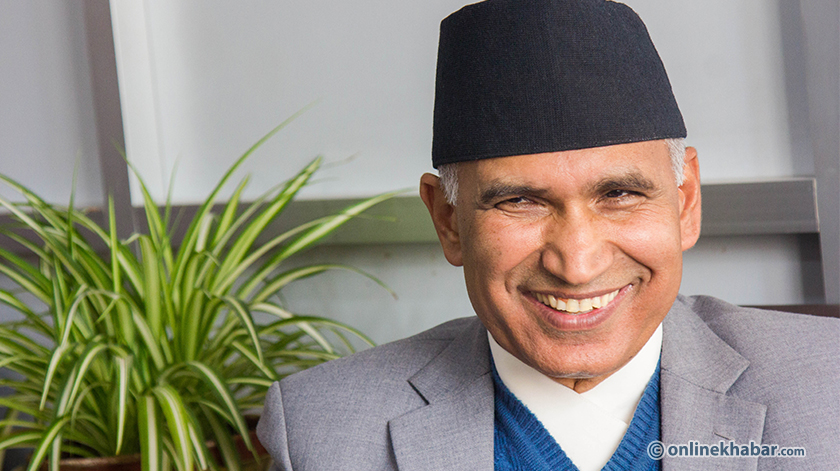
The government then asked CIB and CIAA to look into the matter.
But there was yet another twist in the story.
The probe committee found that ruling party’s General Secretary Bishnu Paudel was among the individuals who had bought portions of the Lalita Niwas land. Paudel purchased 8 aana (0.40 hectare) of the land through Gurung and ‘land mafia’ duo Dhakal and Subedi.
Gurung, Dhakal and Subedi had bought 63 ropani (3.2 hectare) of the land in 2003 from the family of Rukma Shumsher Rana. Since 60 ropani (3.05 hectare) exceeded the ceiling on land holdings, the trio sold it off in smaller pieces to those at the centre of power and influence. Gurung, Dhakal and Subedi also seem to have jointly purchased a lucrative land in Kantipath, where the British Council was housed, after selling off Lalita Niwas’ land.
The government then barred transactions in the 112 ropani (5.69 hectare) and 3 aana land belonging to Lalita Niwas, including the plot owned by Paudel, after it was revealed that all the plots there was transferred illegally by some individuals in collusion with officials at Dilli Bazar Land Revenue Office and the District Land Reform and Survey Office, among others.
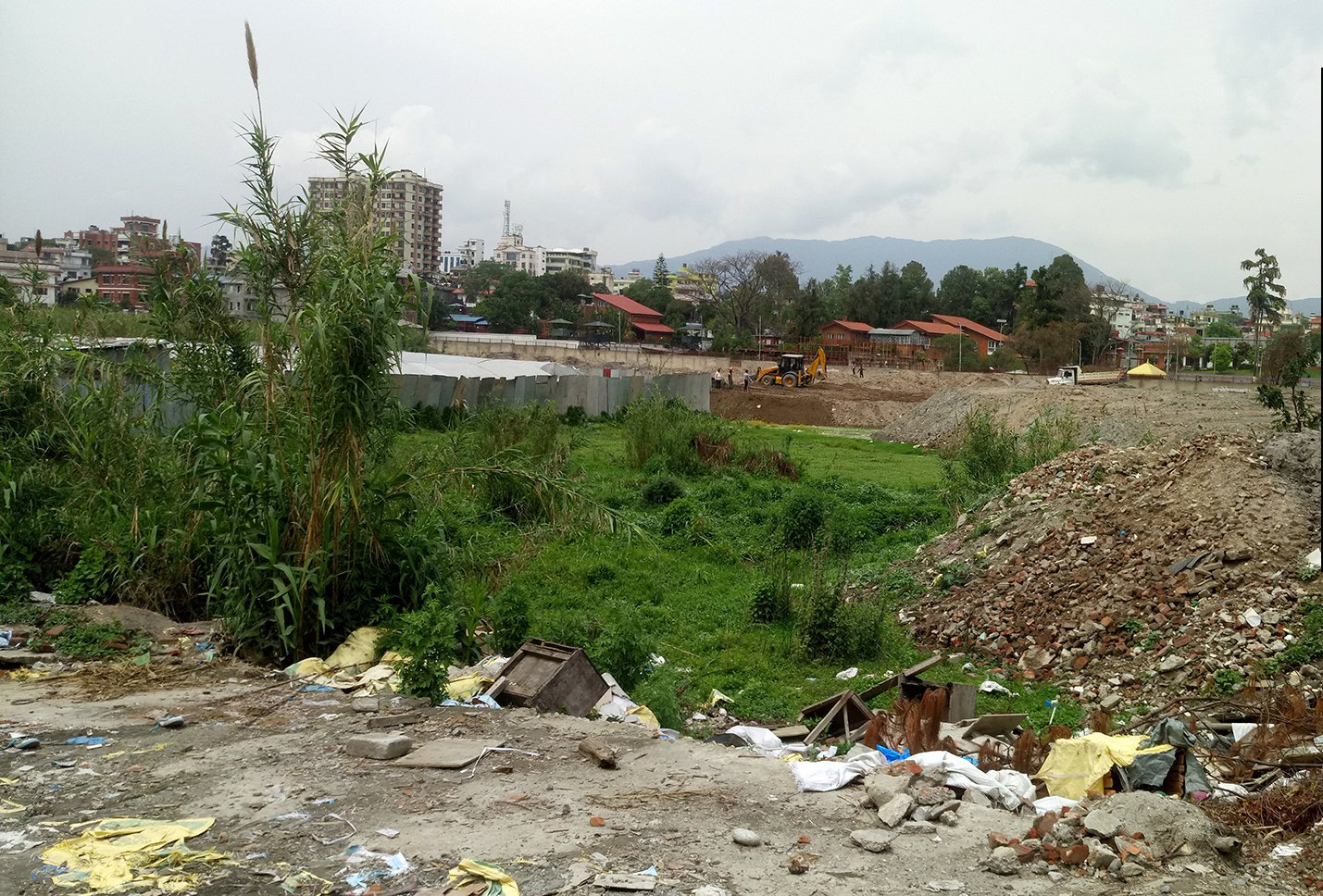
The probe committee also found that various banks and financial institutions issued billions of rupees in loans with land at Lalita Niwas as collateral. Nepal Investment Bank, Century Bank, Sanima Bank, Global IME Bank, Nepal Bank Limited, Prabhu Bank and Kasthamandap Development Bank, among others, issued the loans.
After the government learnt about Dhakal and Subedi and other government officials, it wanted to investigate them. However, dozens of individuals including officials at the Land Revenue Office and brokers have gone incommunicado after a probe commenced.
Dhakal and Subedi, to make sure they don’t face problems in the future, sold the land to the country’s influential business houses such as the Goyals, Sardas, Chachans, and the Kedias. They felt the need to do so because these business houses had the money and could pay off anyone who causes trouble in the future.
With Subedi and Dhakal on the run, the case is in limbo once again. The Prime Minister has been constantly defending his party’s general secretary. This has complicated the case further.




